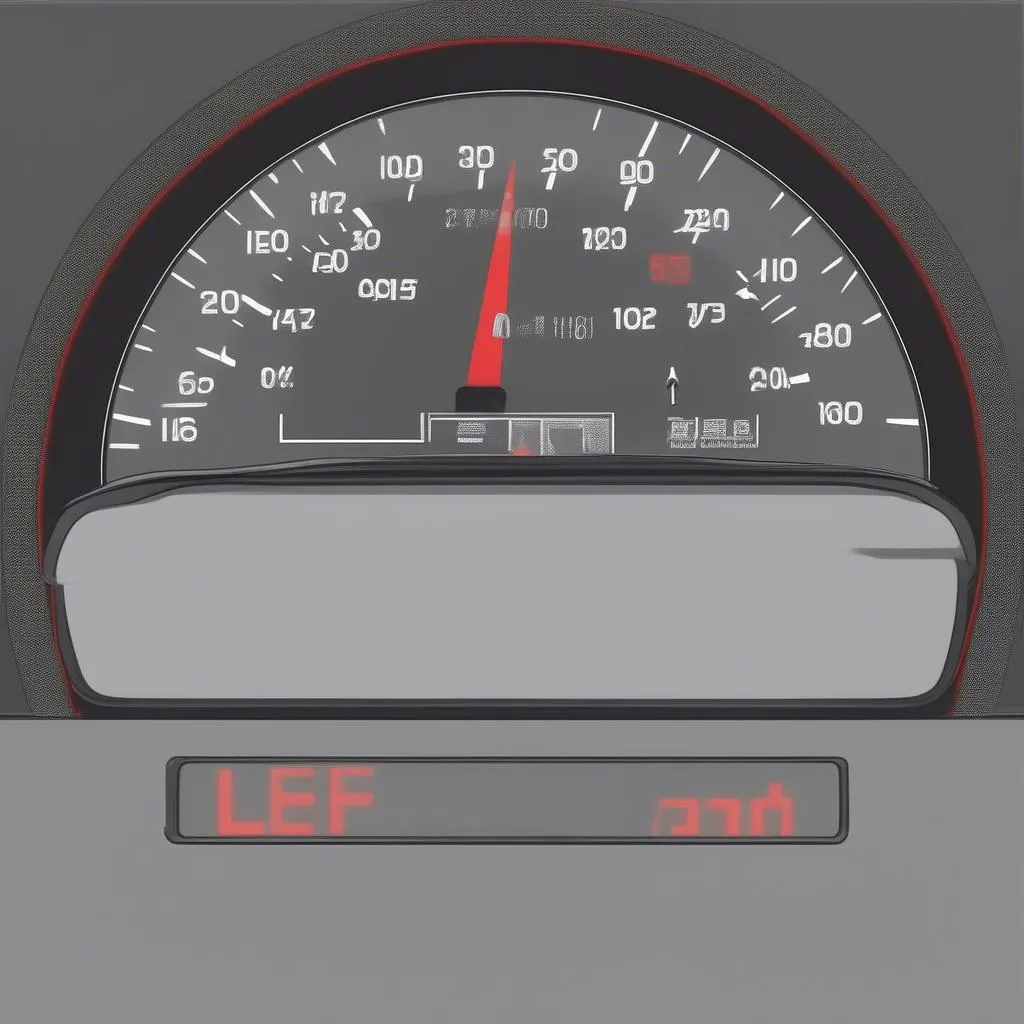Have you ever experienced that dreaded check engine light illuminating on your Audi, leaving you wondering what’s wrong? It’s a feeling we’ve all been through, and it can be quite unnerving. Fear not, car enthusiasts! Today we’ll delve into the world of Audi OBD codes, empowering you to decode your car’s messages and tackle potential issues head-on.
What are Audi OBD Codes?
OBD, which stands for On-Board Diagnostics, is a standardized system used by automakers to monitor and diagnose problems in your vehicle. When your Audi detects a fault, it stores a unique code, known as an OBD code, in its memory. These codes provide valuable information about the specific issue, allowing mechanics to pinpoint the problem and fix it efficiently.
Understanding the Importance of Audi OBD Codes
From a mechanic’s perspective: OBD codes are a lifesaver! They provide a roadmap to diagnose and repair vehicles efficiently. Imagine trying to find a faulty sensor in a modern Audi without the help of these codes. It would be like searching for a needle in a haystack!
From a technical perspective: OBD codes are a testament to the advancement of technology in the automotive industry. They’re essentially digital fingerprints that help manufacturers identify and address potential issues in real-time, ensuring a safer and more reliable driving experience.
From an economic perspective: OBD codes can save you money! By identifying problems early, they help prevent minor issues from escalating into major repairs, leading to significant savings on maintenance costs.
How to Read Audi OBD Codes
Decoding these codes might seem daunting at first, but with the right tools and information, it’s actually quite straightforward. You’ll need an OBD-II scanner, a device that plugs into your car’s diagnostics port (typically located under the dashboard).
Here’s a simple breakdown of how to read Audi OBD codes:
- Connect the scanner: Plug the OBD-II scanner into your Audi’s diagnostic port.
- Power it on: Turn the ignition key to the ON position.
- Select “Read Codes”: The scanner will retrieve the stored codes from your car’s computer.
- Decode the codes: The scanner will display the codes, often with a description of what they mean.
Common Audi OBD Codes and Their Meanings
Here are some of the most frequently encountered Audi OBD codes and their corresponding meanings:
- P0300: Random/Multiple Cylinder Misfire Detected
- P0171: System Too Lean (Bank 1)
- P0174: System Too Lean (Bank 2)
- P0420: Catalyst System Efficiency Below Threshold (Bank 1)
- P0455: Evaporative Emission System Leak Detected
- P0507: Vehicle Speed Sensor “A” Malfunction
Remember, these are just a few common codes. For a comprehensive list of codes, consult your Audi’s owner’s manual or a reputable online resource.
Troubleshooting Audi OBD Codes
Once you understand the code, you can start troubleshooting the issue. Here’s a general guide:
- Research the code: Use a reputable online source or your Audi’s service manual to understand what the code means and its potential causes.
- Inspect the related components: If the code suggests a faulty sensor, inspect its wiring and connections for damage or loose connections.
- Check for other potential issues: Sometimes the code may be a symptom of a more significant problem. For example, a P0300 code (misfire) could be caused by faulty spark plugs, ignition coils, or fuel injectors.
- Consider professional assistance: If you’re unsure about the cause or the repair process, consult a qualified Audi mechanic for professional help.
Audi OBD Codes: A Case Study
Let’s imagine a scenario where your Audi throws a P0302 code. This code indicates a misfire in cylinder 2. You could start by checking the spark plug and ignition coil for cylinder 2. If they appear to be in good condition, you could then move on to inspecting the fuel injector. If you’re not comfortable with these steps, or if you can’t identify the cause, it’s best to bring your Audi to a qualified mechanic.
Frequently Asked Questions
Q: Can I clear the OBD codes myself?
A: While you can clear the codes using an OBD-II scanner, it’s not always recommended. Clearing the codes without addressing the underlying issue will likely cause the check engine light to reappear. It’s best to fix the problem first and then clear the codes.
Q: How often should I check for OBD codes?
A: Regularly checking for codes can help catch potential issues early on. A good practice is to scan your car every 3-6 months or whenever you notice a change in your Audi’s performance.
Q: Can I use a generic OBD-II scanner for my Audi?
A: Yes, most generic OBD-II scanners will work with Audi vehicles, but some may not be as comprehensive as specialized Audi scanners.
Q: Where can I find a reliable source for Audi OBD codes?
A: The Audi service manual is a great starting point, and there are many online resources like https://techcarusa.com/audi-obd-ii-codes/ and https://techcarusa.com/audi-obd-codes/ that provide detailed information about specific codes.
Conclusion
Mastering the art of reading Audi OBD codes is like unlocking a secret language of your car. It empowers you to troubleshoot issues, maintain your vehicle’s performance, and potentially save money on costly repairs. Don’t let the check engine light intimidate you! With this guide, you’re now equipped to understand the language of your Audi and keep your vehicle running smoothly.
If you’re facing issues with your Audi’s diagnostics or need assistance with any related software, feel free to contact us via Whatsapp: +84767531508. Our team of expert technicians is available 24/7 to guide you through the process.
 Audi OBD Scanner
Audi OBD Scanner
 Audi Check Engine Light
Audi Check Engine Light
 Audi Car Diagnostics
Audi Car Diagnostics